Yes, you can replace windows in a historic home, but the process requires careful planning, special permits, and often historic preservation committee approval. You’ll need to use materials and designs that match the original character, which typically costs 20-50% more than standard replacements. Many historic districts allow interior storm windows or carefully designed replicas that maintain the home’s authentic appearance.
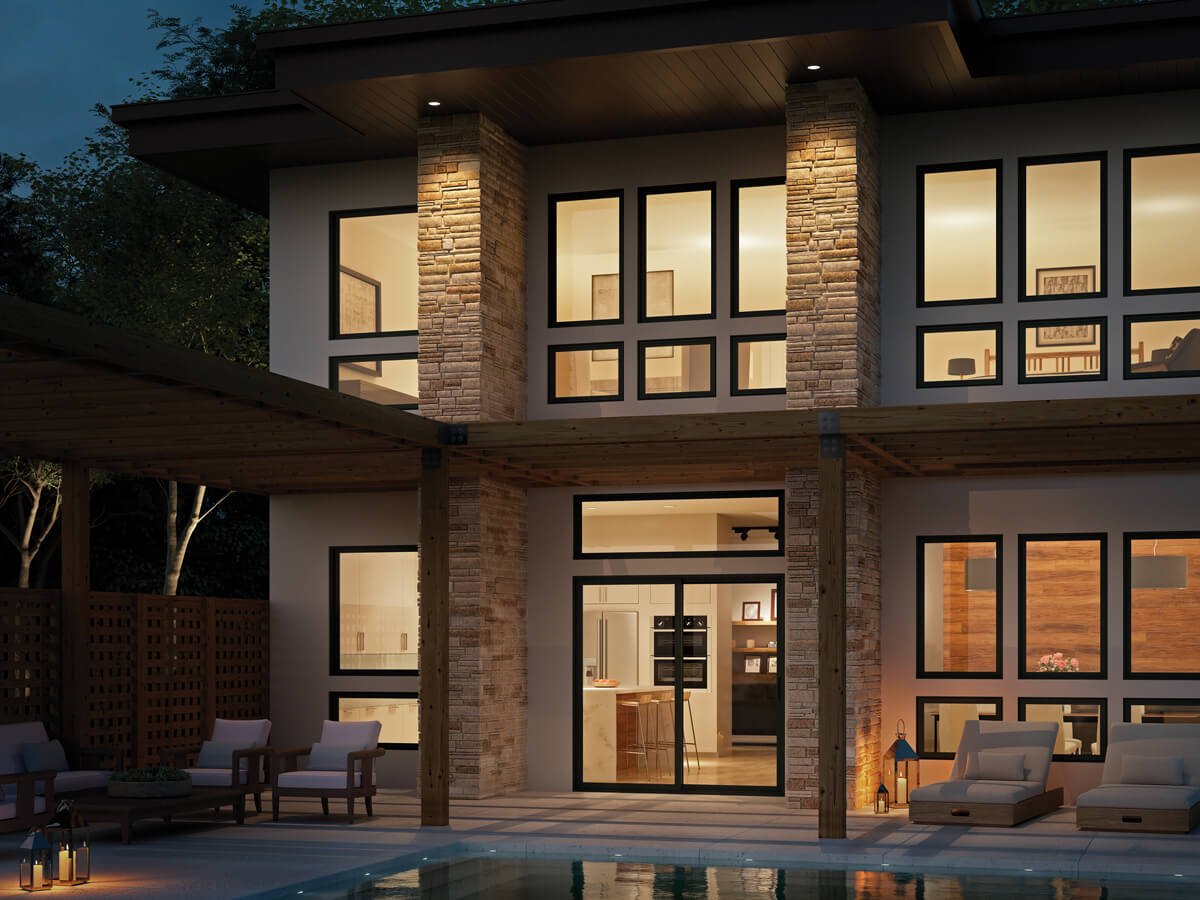
Understanding Historic Home Regulations
What Qualifies as a Historic Home
Federally designated properties include:
- National Register of Historic Places listings
- National Historic Landmarks
- Properties in Historic Districts
Local designations vary by area but often include:
- Homes over 50 years old in designated districts
- Architecturally significant properties
- Contributing structures in historic neighborhoods
Age alone doesn’t determine historic status – the key factors are:
- Architectural significance
- Historical importance
- Location within designated districts
- Local preservation ordinances
Different Levels of Protection
National Register properties (least restrictive):
- Guidelines rather than strict requirements
- Tax credit opportunities available
- More flexibility in material choices
Local historic districts (most restrictive):
- Strict design review processes
- Limited material and style options
- Detailed approval procedures required
Individual landmark designations (varies widely):
- Case-by-case review requirements
- Often the most stringent restrictions
- Potential for significant tax benefits
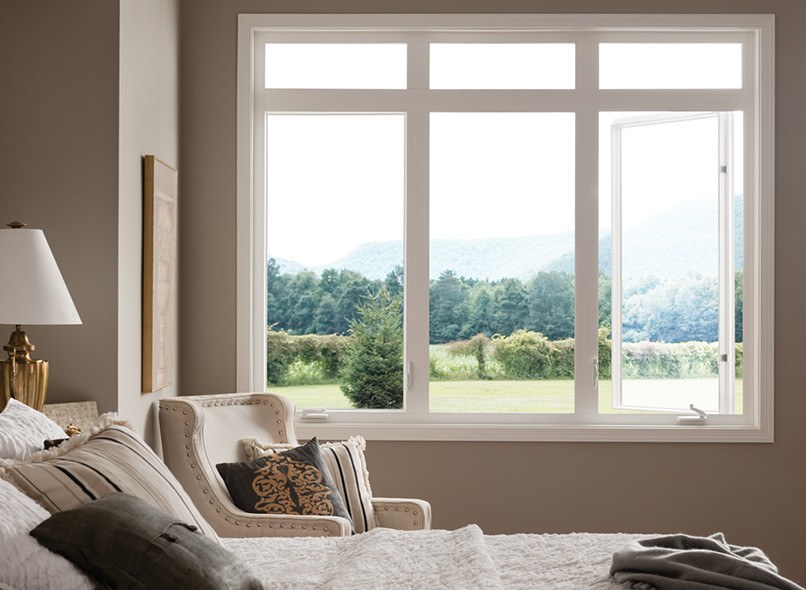
Approval Process and Requirements
Getting Permission for Window Replacement
Historic preservation committee review typically requires:
- Detailed plans and specifications
- Material samples and color choices
- Photographs of existing conditions
- Professional architectural drawings
Documentation you’ll need:
- Property’s historic designation level
- Original window specifications if available
- Contractor credentials and experience
- Energy efficiency justification if required
Timeline expectations:
- Committee meetings: Often monthly
- Review process: 30-90 days typical
- Appeal process: Additional 30-60 days if needed
- Total planning time: 2-6 months before installation
Common Approval Criteria
Visual compatibility requirements include:
- Matching original window proportions
- Appropriate frame materials and colors
- Compatible hardware and operation styles
- Maintaining historic sightlines and shadows
Design elements that must typically match:
- Window spacing and alignment
- Mullion and muntin patterns
- Frame depth and profile
- Glass appearance and reflectivity
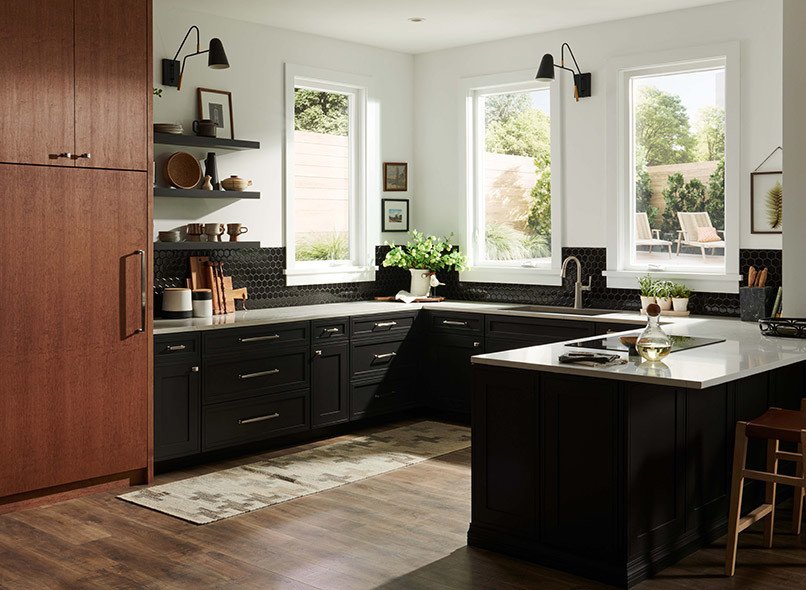
Approved Materials and Designs
Window Frame Materials
Wood windows are usually preferred because:
- They match original construction methods
- Allow for precise historic profile replication
- Can be painted to match original colors
- Provide authentic appearance and operation
Aluminum-clad wood may be acceptable when:
- Cladding is on interior side only
- External appearance remains wood
- Committee approves the specific product
- Energy efficiency gains justify the choice
Vinyl and fiberglass are rarely approved because:
- Different expansion rates than original materials
- Cannot replicate fine historic details
- Colors and textures don’t match historic appearance
- May not be reversible if standards change
Glass Options and Restrictions
Single-pane glass restoration:
- Often required for most visible facades
- Storm windows added for energy efficiency
- Maintains authentic appearance
- Lower upfront costs but ongoing maintenance
Approved double-pane options:
- Clear glass without tinting or coatings
- Minimal spacer bars between panes
- Low-E coatings that don’t alter appearance
- Argon fill acceptable if invisible
Restricted glass types:
- Reflective or tinted glass
- Visible Low-E coatings
- Thick insulated units that change proportions
- Modern grid patterns that don’t match originals
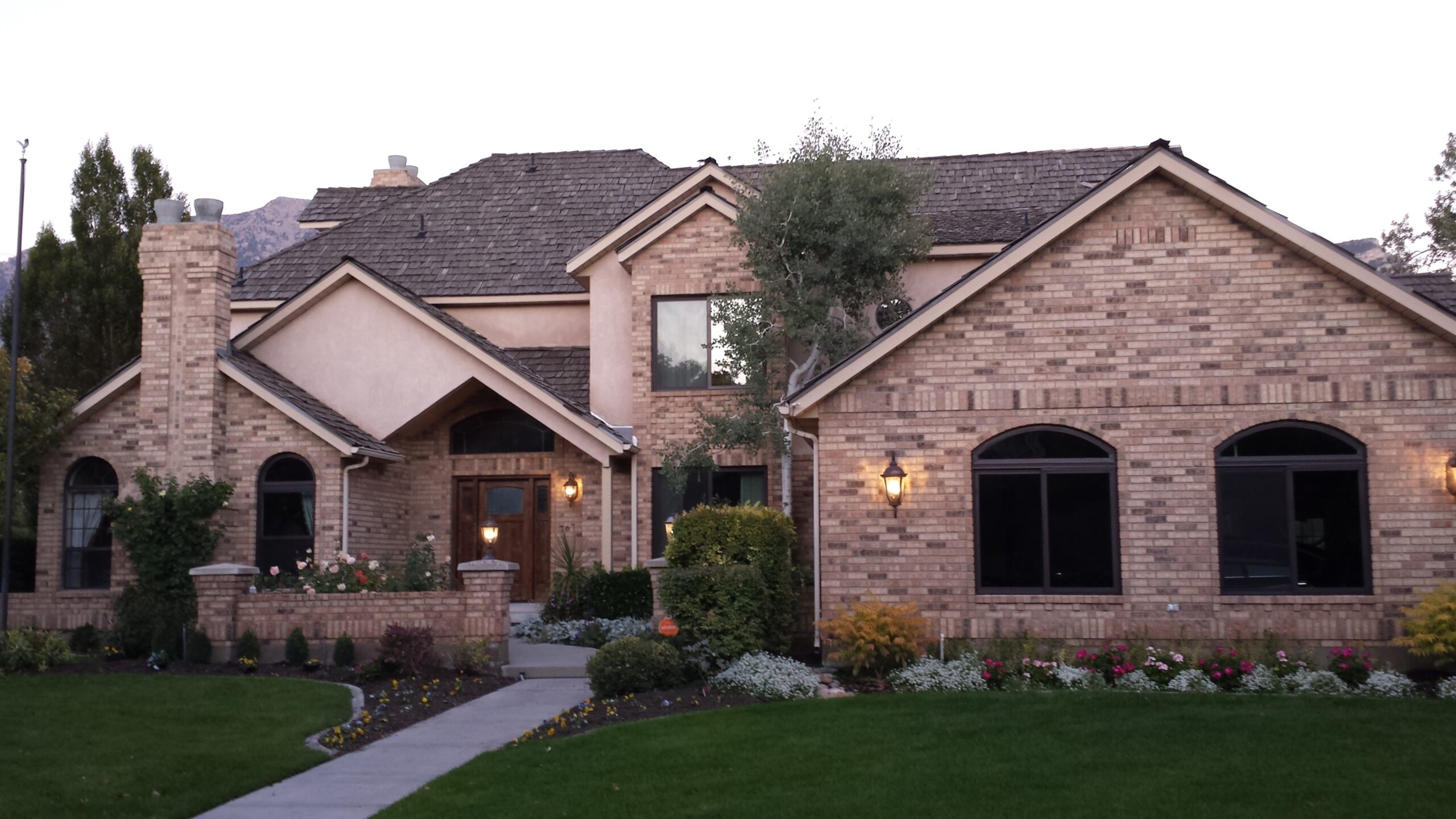
Cost Considerations for Historic Windows
Why Historic Window Replacement Costs More
Custom manufacturing requirements include:
- Non-standard sizes and shapes
- Special hardware and operation mechanisms
- Historical profile matching
- Limited supplier options
Typical cost increases:
- 20-30% above standard replacements for approved modern windows
- 40-60% for historically accurate wood reproductions
- 80-150% for full restoration of original windows
Cost Breakdown Examples
Modest historic home (10-15 windows):
- Standard replacement cost: $8,000-$15,000
- Historic-appropriate replacement: $10,000-$22,500
- Full restoration: $15,000-$35,000
Significant historic property (20-30 windows):
- Standard replacement cost: $15,000-$30,000
- Historic-appropriate replacement: $20,000-$45,000
- Full restoration: $30,000-$75,000
Available Financial Incentives
Federal tax credits (for income-producing properties):
- 20% credit for certified rehabilitation projects
- Must meet strict historic preservation standards
- Requires National Register listing
State and local incentives may include:
- Property tax freezes or reductions
- Low-interest rehabilitation loans
- Grants for facade improvements
- Utility rebates for energy improvements
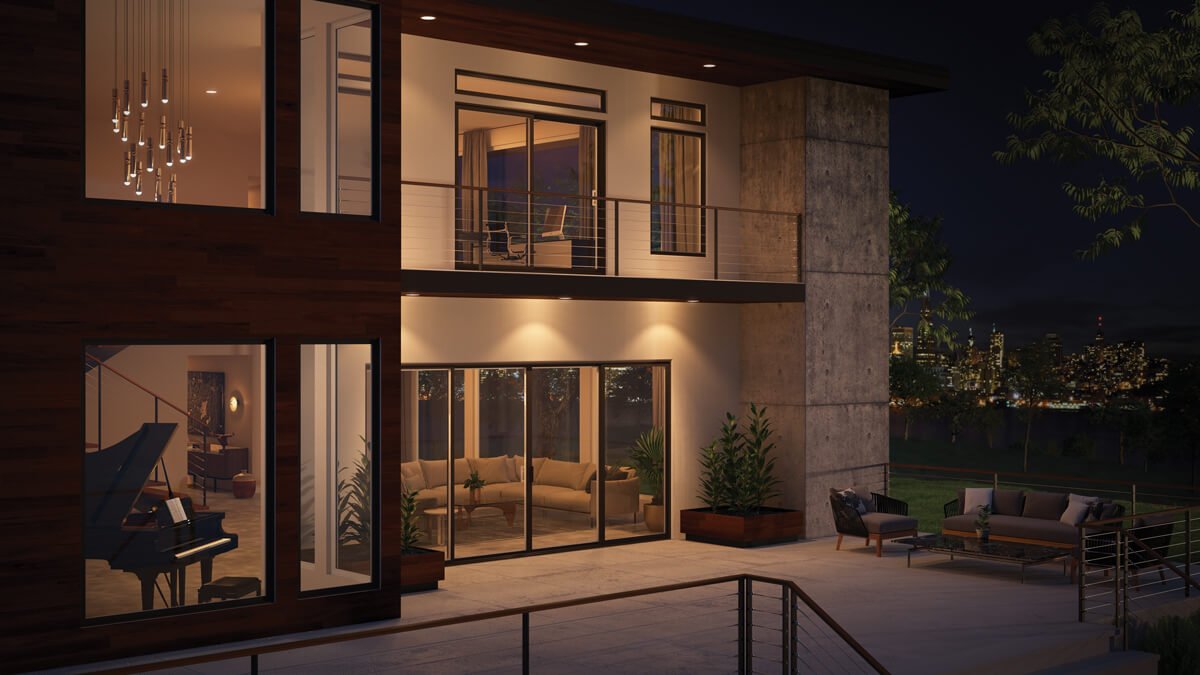
Alternative Solutions for Historic Homes
Storm Windows for Energy Efficiency
Interior storm windows are often the preferred solution because:
- Preserve original windows completely
- Provide significant energy improvements
- Reversible if future standards change
- Less expensive than full replacement
Exterior storm windows may be acceptable when:
- Designed to be minimally visible
- Match the color of existing frames
- Don’t obscure historic details
- Committee specifically approves the design
Window Restoration vs. Replacement
Full restoration involves:
- Rebuilding original window mechanisms
- Reglazing with period-appropriate techniques
- Repairing or replacing damaged wood components
- Maintaining all original hardware and details
Benefits of restoration:
- Preserves maximum historic authenticity
- Often less expensive than custom replacement
- Maintains original craftsmanship
- May increase property value more than replacement
When restoration isn’t feasible:
- Extensive rot or structural damage
- Missing or irreparable original components
- Safety concerns with original mechanisms
- Cost exceeds replacement alternatives
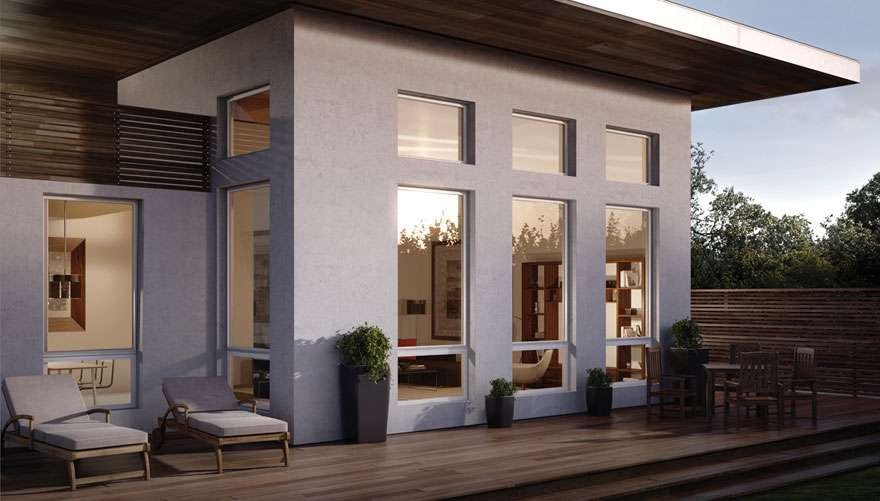
Working with Historic Preservation Committees
Preparing a Successful Application
Document current conditions thoroughly:
- Professional photographs of all existing windows
- Detailed condition assessments
- Measurements and architectural drawings
- Historical research about original windows
Present your case effectively:
- Emphasize preservation of historic character
- Demonstrate energy efficiency needs
- Show comparable approved projects
- Provide contractor credentials and experience
Common reasons for rejection:
- Inappropriate materials or designs
- Insufficient documentation
- Failure to consider alternatives
- Contractor inexperience with historic work
Building Committee Relationships
Attend public meetings to:
- Understand committee priorities
- See how similar applications are reviewed
- Build familiarity with members
- Learn from other property owners’ experiences
Consider hiring specialists:
- Historic preservation consultants
- Architects experienced with historic properties
- Contractors with committee approval history
- Specialized window restoration companies
Finding Qualified Contractors
Essential Contractor Qualifications
Historic preservation experience including:
- Previous committee-approved projects
- Understanding of historic construction methods
- Knowledge of appropriate materials and suppliers
- Portfolio of similar historic property work
Specialized skills required:
- Custom millwork and woodworking
- Traditional glazing techniques
- Historic hardware restoration
- Code compliance in historic contexts
Questions to Ask Potential Contractors
Experience verification:
- How many historic properties have you worked on?
- Can you provide references from preservation committees?
- What challenges have you encountered with historic projects?
- Do you have relationships with appropriate suppliers?
Process understanding:
- Are you familiar with our local review process?
- Will you help prepare committee applications?
- How do you handle unexpected discoveries during work?
- What warranties do you provide for historic work?
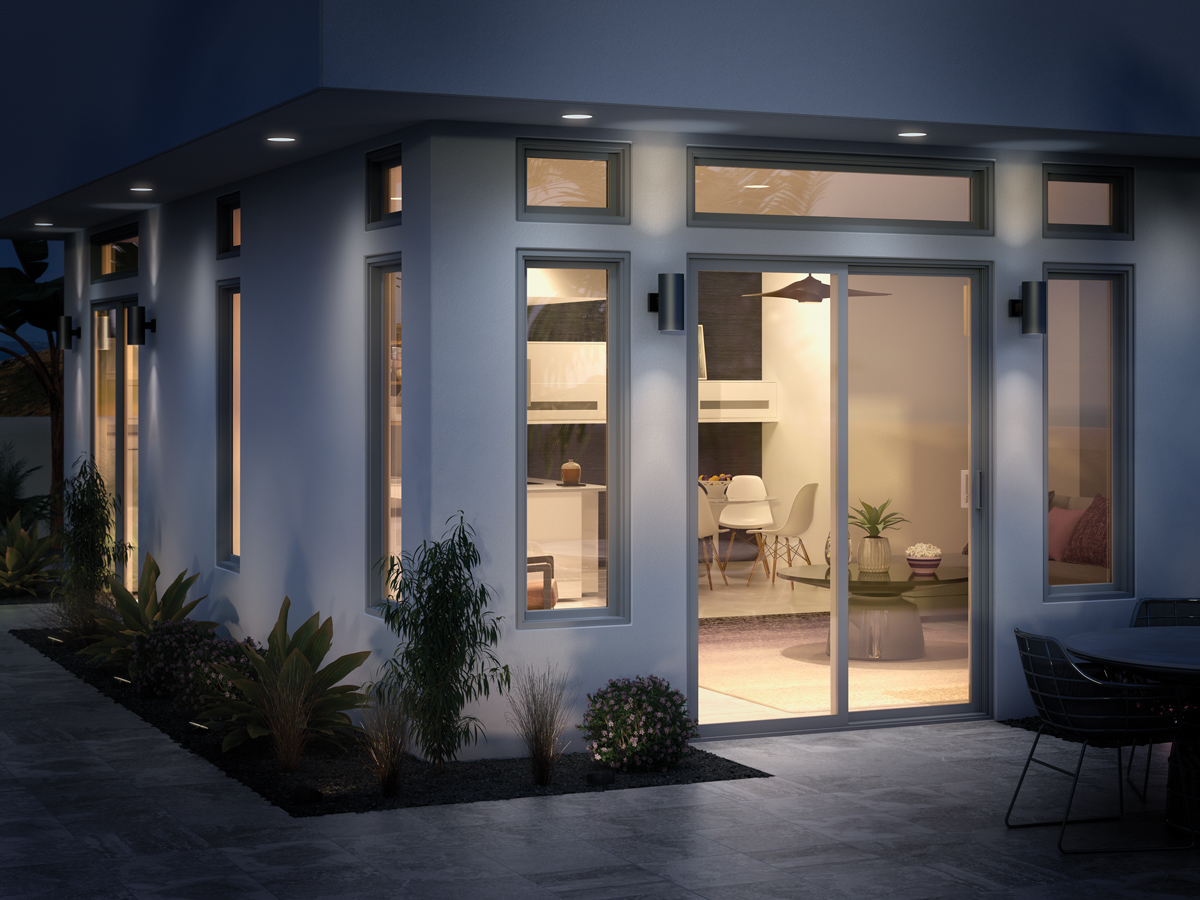
Timeline and Planning Considerations
Realistic Project Timeline
Pre-construction phase (3-6 months):
- Research and documentation: 4-6 weeks
- Application preparation: 2-4 weeks
- Committee review process: 6-12 weeks
- Permit acquisition: 2-4 weeks
Construction phase (varies widely):
- Custom window manufacturing: 8-16 weeks
- Installation: 1-3 weeks depending on project size
- Final inspections and approvals: 1-2 weeks
Seasonal Considerations
Best timing for historic window projects:
- Spring and fall for moderate weather
- Avoid extreme temperatures during installation
- Consider tourist seasons in historic districts
- Plan around committee meeting schedules
Weather protection is crucial because:
- Historic homes often lack modern weatherproofing
- Original construction methods require careful moisture management
- Temporary protection systems may need committee approval
- Extended timelines increase weather exposure risks
The Bottom Line
Replacing windows in a historic home is definitely possible, but requires careful planning, patience, and often significantly higher costs than standard replacements. Success depends on understanding your property’s designation level, working effectively with preservation committees, and choosing contractors experienced in historic preservation work.
The key is balancing historic preservation requirements with modern performance needs. Many homeowners find that storm windows or carefully planned restoration projects provide better long-term value than fighting for replacement approval.
Start the process early, budget for higher costs, and consider alternatives like restoration or storm windows that may better serve both your needs and preservation requirements. With proper planning and expert guidance, you can improve your historic home’s performance while maintaining its authentic character.
At Utah Window Experts, we work with historic preservation specialists and experienced restoration contractors to help homeowners navigate the complex process of window improvements in historic properties. Our team understands local preservation requirements and can recommend appropriate solutions for your historic home’s unique needs.